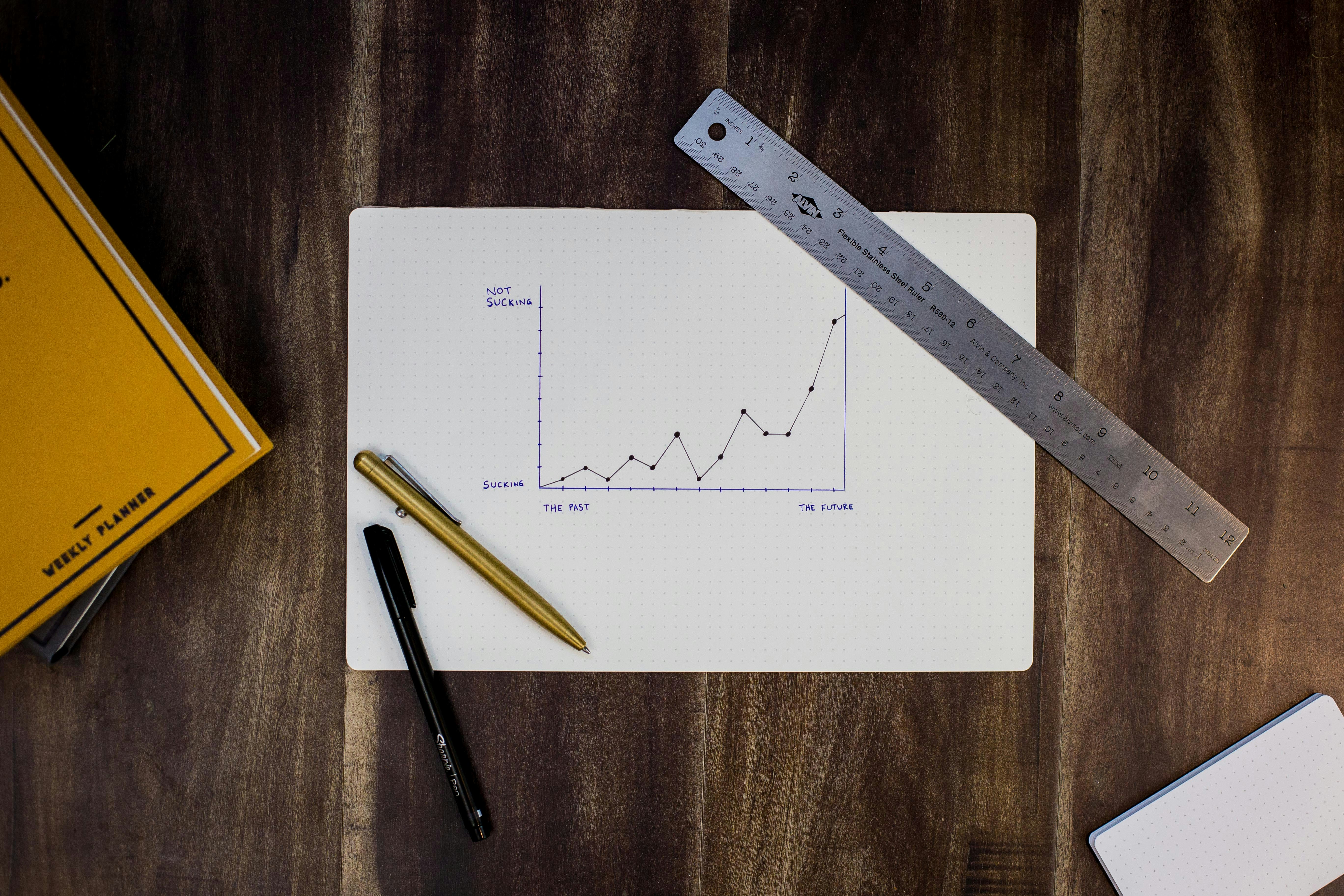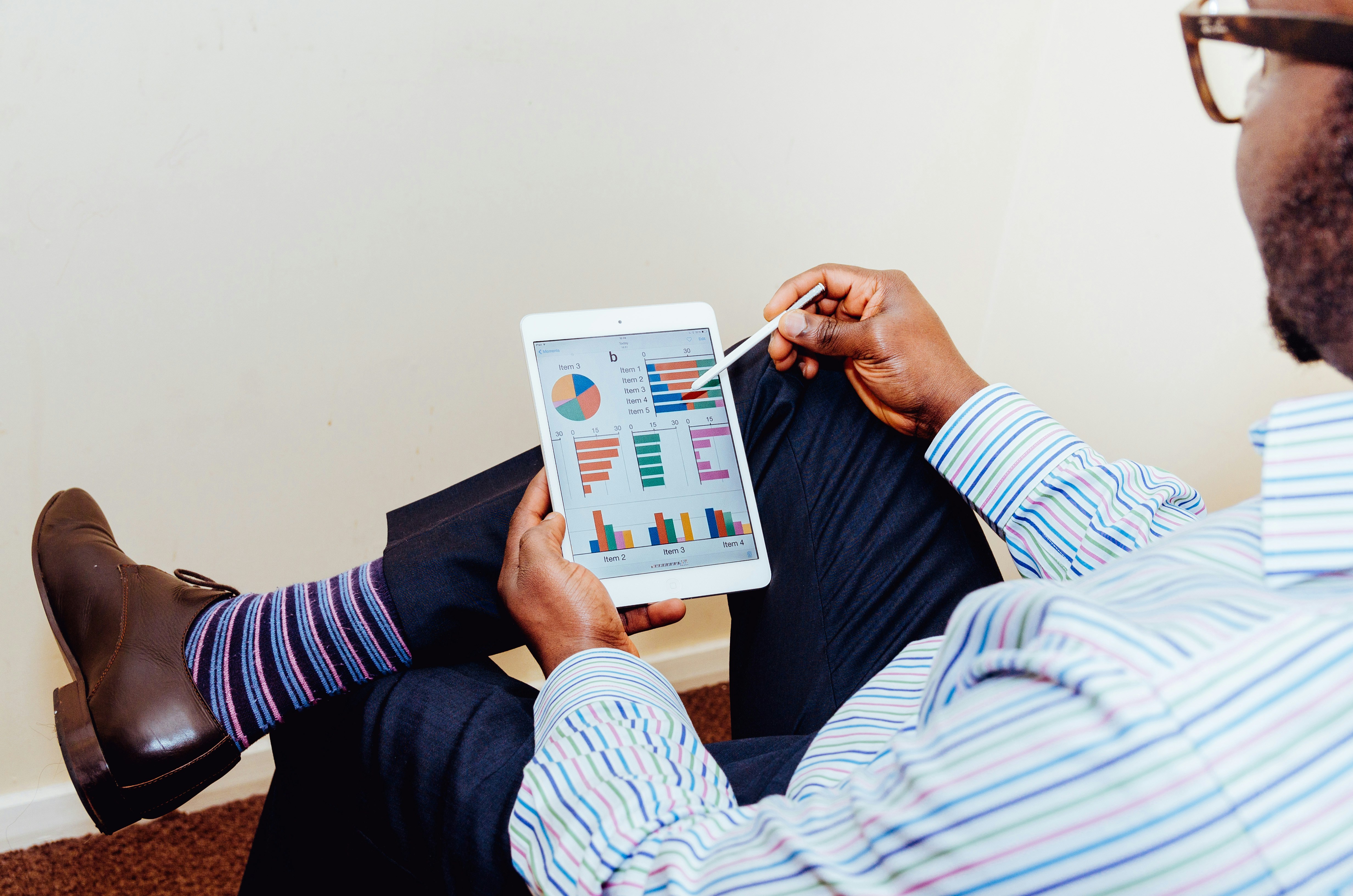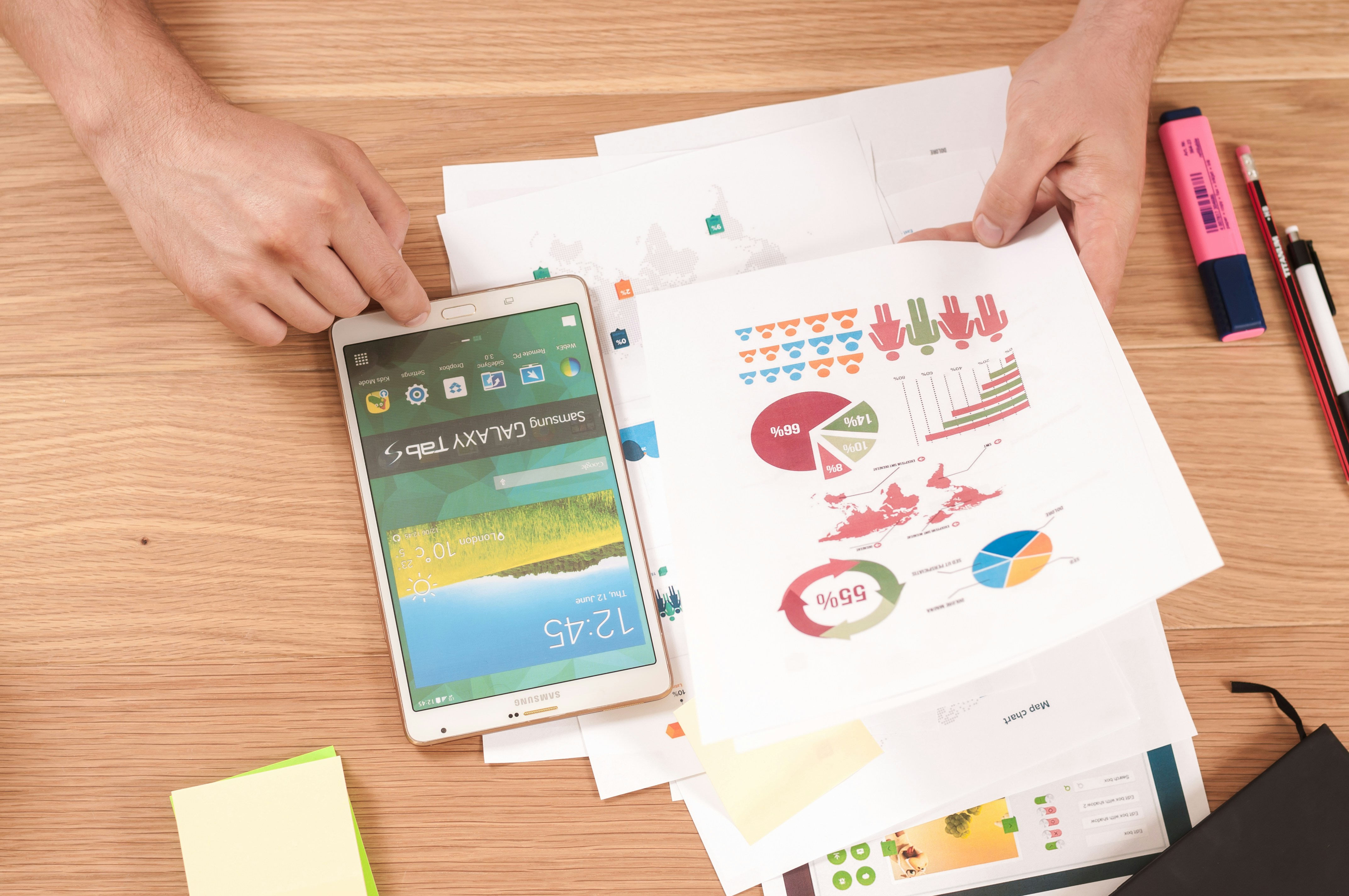When it comes to presenting complex ideas based on large data sets, it helps to put big data in a visual format. Understanding a row of data is easier with information graphics, interactive charts, or geographic maps. One of the best practices in data analysis is to employ the use of data visualization. This powerful tool is essential to clearly communicating an informed message so that the meaning is clearly understood.
What is data visualization?
Data visualization puts data into a visual context that makes it easier for the human brain to understand. Good data visualizations give meaning to complex data sets and help make the findings clear and concise. Not only does visualization make it easier to understand data but it’s easier to notice patterns, trends, and outliers in data groups. A visual summary is far easier to review than a spreadsheet when using data analysis to gain insights.
The most common method of creating data visualization was taking data from an Excel spreadsheet and converting it into a bar graph, pie chart, or table. Now with the help of data visualization tools like customizable PowerPoint templates, you can create more in-depth information visualization. Heat maps, infographics, line charts, area charts, bar charts, histograms, scatter plots, bubble charts, and line graphs all provide different visual representations of data based on your needs.

With data visualization, you gain insights quickly and easily about a certain period of time. Visuals display real-time data in a comprehensive way to help you make better decisions. Interactive visuals allow users to access information more frequently as insights are generated. This is especially useful when reviewing performance metrics in correlation with your organization’s growth.
It’s hard to see changes over time when reading a spreadsheet. Visuals are a better demonstration of the change in trends over a period of time. Data visualization helps you spot the correlations between two variables and become aware of the relationships in data. Other uses for data visualization include identifying market opportunities, comparing historical data, monitoring customer data, and analyzing relationships.
TIBCO Software offers users a data visualization tool that turns data points from any data source into easy-to-read graphical form. Their software solution is the perfect answer to “what is data visualization” and the best way to present your insights in real-time.

Why use data visualization?
Each type of data visualization can be used in a variety of ways depending on the type of data they are presenting. There are three main reasons to use data visualization:
1. Data visualization amplifies your message.
Audiences understand the meaning of data more when it includes pictures and visualizations because visuals are strongly tied to memory. When you present new insights from data analysis, the message behind your findings is stronger and more easily understood. The key to amplifying your message with visuals is to use the right type of visualization.
2. Data visualization provides a clearer understanding.
Data visualization clearly communicates your organization’s story to your audience while helping you understand your progress better. Data visualization comparisons can help you make important decisions about the activity of your organization. Visual insights along with data sets help you effectively process a lot of information at once.
3. Data visualization aids decision analysis.
You make decisions based on the information and tools that are available to you. Data visualizations are useful tools for decision analysis and can help you make better decisions for your organization. Effective data visualization is accurate, unbiased, and clearly represents data.
Effective data visualization is a critical first step in data analysis. When used correctly, data visualization helps your organization run more effectively by clearly communicating new insights as they occur.
